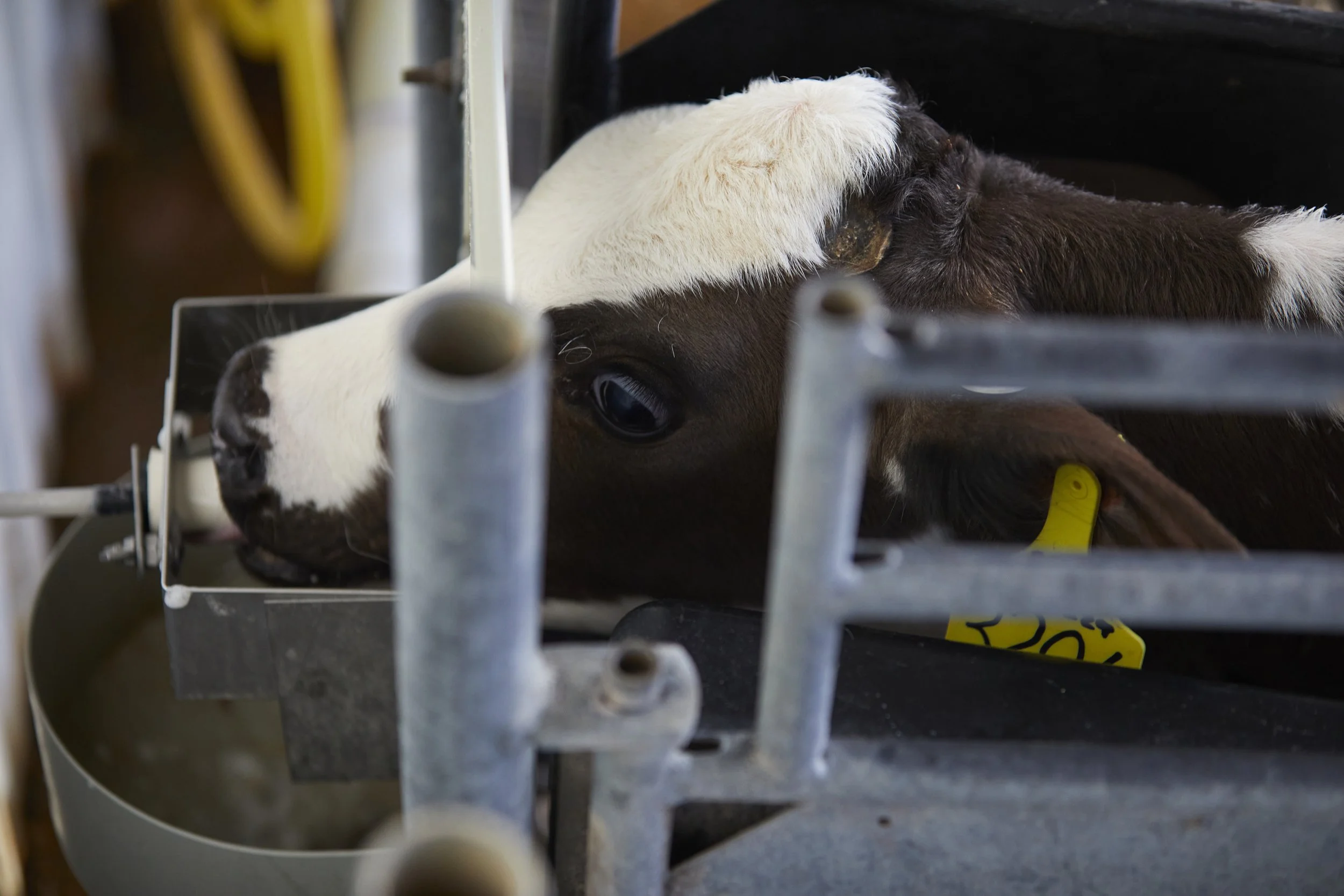Strategically Integrating Waste Milk into Your Liquid Calf Ration
Waste milk – a “free” source of acceptable calf nutrition. Or is it?
Technically, waste milk is not “free,” because there still is a cost to produce it. It is only perceived as free because there is nothing else a dairy can do with it. Likewise, waste milk’s level of acceptability as calf feed has been called into question, largely because it often contains antibiotic residues from treated cows. Those residues are not safe for human consumption and/or may cause antibiotic resistance in humans over time. And yet we feed them to calves, at unknown concentrations and without knowledge of how they might affect calves’ developing gut flora. In fact, for these reasons and concern from the consuming public, it is illegal to feed waste milk to calves in the United Kingdom and European Union.
What’s more, many calf raisers actually add more antibiotics to waste milk as a blanket protection against its shortcomings. A typical, FDA-approved dose of NeoTerra (neomycin and Terramycin), for example, adds about $.30/calf/day to the ration. Suddenly, that “free” feed source is looking rather expensive. Still, many operations choose to feed waste milk.
If you do, here are some ways you can enhance the consistency and quality of the liquid ration:
(1) Pasteurize – Pasteurization to lower bacterial counts is a “must” before waste milk is fed to calves, particularly considering the fact that its primary source is sick cows. When done properly, pasteurization reduces the bacterial load in milk by 2 log units. So, if a batch of waste milk goes in with a bacteria level of 1,000,000 cfu/mL, pasteurization should reduce it to 10,000 cfu/mL – but it should then be fed immediately to maintain those low levels.
Waste milk also can present pasteurization challenges because it often contains lumps of solids – which may be somatic cells and fibrin from clinical mastitis; clotted blood; fat balls; manure; bedding particles; or dirt. The entirety of these “lumps” will not reach pasteurization temperature, which could influence the outcome of the pasteurization process.
Inconsistent pasteurization creates the risk of infecting calves with vertical diseases like mycoplasma, Johne’s, and now, Highly Pathogenic Avian Influenza (HPAI). Pasteurization also does not change the levels of antibiotic residues in waste milk.
(2) Evaluate and enhance – Calves thrive on consistency, and waste milk is, by nature, a very inconsistent product. A recent study on a commercial 2,500-cow California dairy showed that waste milk ranged in solids content from 9 to 13%, which is highly variable for a young calf’s diet.
A Brix refractometer can quickly assess solids levels in every batch of waste milk, which then can be adjusted by adding a pasteurized milk balancer to boost solids deficiencies. After adding powder to the formulation, trust your calculations, because the accuracy of the refractometer is impaired by the addition of powder.
Your Strauss Feeds representative can assist with protocols to correctly add balancer to the ration. Additionally, we can help enhance waste milk with vitamin and trace mineral (VTM) packs; medication add-packs; Bovatec® for coccidiosis protection; and Bravo PD-1TM to improve glucose absorption, intestinal development, and metabolism regulation.
Calves thrive on consistency, and waste milk is, by nature, a very inconsistent product.
(3) Set utilization standards – A healthy, well-managed herd should only have enough waste milk to fulfill about 30-50% of its calf nutrition needs. That shortfall can be made up by blending the waste milk with milk replacer, which will help stabilize solids levels and dilute antibiotic residues without adding to the bacterial load.
Even with “unlimited” supplies of waste milk – such as calf ranches that pick up milk from multiple dairies – capping waste milk at 50% and blending with milk replacer as an extender will reap those same benefits. Setting this limit also prevents calves from bouncing between types of protein, which can vary between milk and milk replacer. To protect calves’ digestive systems, it is important to maintain consistency in the proportion of protein sources, not just the total protein content.
Finally, many dairies and calf raisers choose to feed milk replacer to their youngest calves (for example, up to 2 weeks), then utilize a waste milk-milk replacer combination for their older calves.
(4) Handle with care – Waste milk should be managed with the same vigilance as salable milk. You would not want to drink milk that has been sitting unrefrigerated without agitation for hours on end, and neither should your calves.
Chill waste milk rapidly after harvest to 35-40°F using a plate cooler or similar piece of equipment. Pasteurize and feed waste milk within 48 hours of harvest. Measure the temperature of waste milk prior to pasteurization, and if it is over 40°F, discard it.
Your calves’ liquid ration content has direct bearing on the long-term performance of your herd. Consult your nutritionist and Strauss Feeds representative to develop a plan for your operation that collectively considers food safety, physiology, herd health, and economics.




When Nick Zubke started his job in maintenance at Strauss Feeds in 2013, it was a homecoming of sorts. “I’m from Watertown and live in the house where I grew up, which is about 2 miles from the Strauss plant,” he shared. “The plant has been a part of our ‘neighborhood’ for my entire life.”